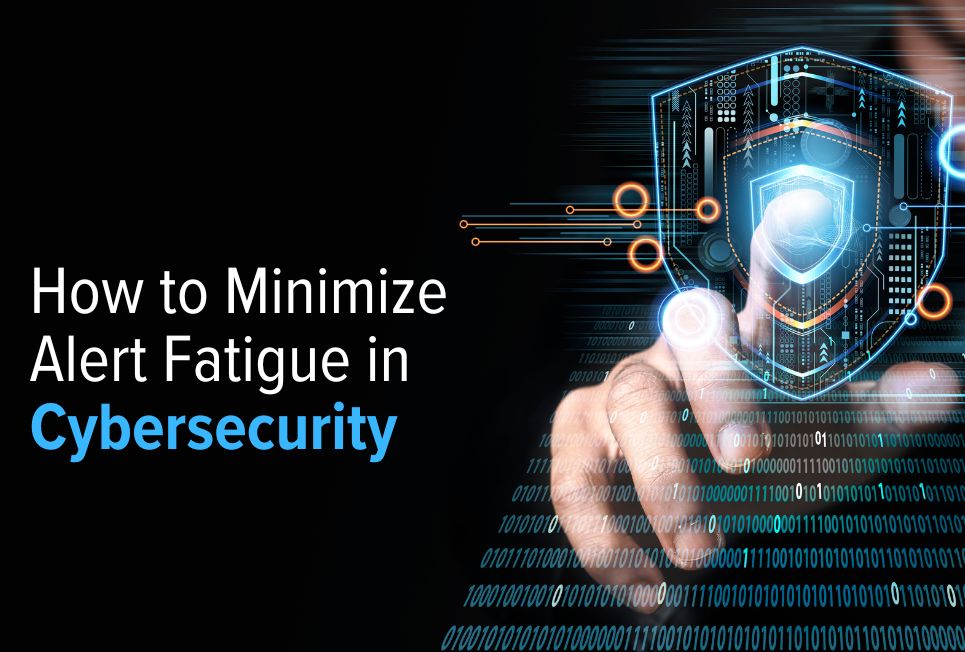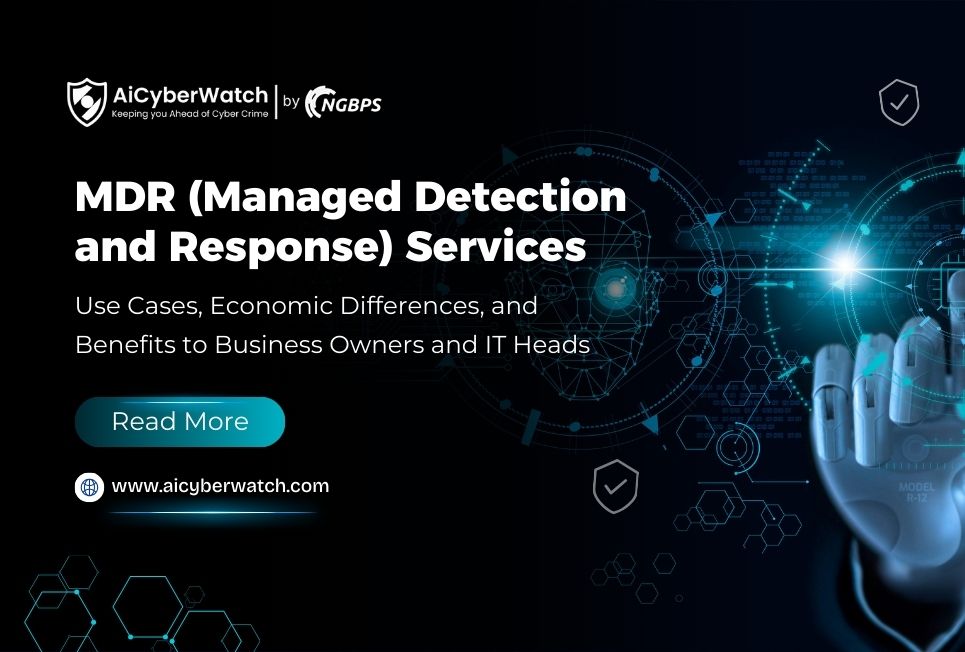In the ever-evolving landscape of cybersecurity, organizations find themselves in a relentless battle against a myriad of digital threats. As the volume and complexity of these threats continue to surge, cybersecurity teams are daunted with a deluge of alerts emanating from various security tools and systems. This inundation, however, brings with it a significant challenge.
Alert Fatigue in Cybersecurity:
Alert fatigue is a critical issue that plagues cybersecurity professionals, hindering their ability to effectively identify and respond to genuine security incidents. This phenomenon occurs when security teams are overwhelmed by the sheer number of alerts they receive daily. We have often heard security professionals struggling to identify genuine alerts that matter.
They often draw an analogy to searching for a needle in a haystack, leading to a desensitization to the urgency of these warnings. This desensitization can have severe consequences, as it increases the likelihood of overlooking or dismissing crucial alerts, thereby exposing an organization to potential cyber threats.

In this blog post, we will delve into the intricacies of alert fatigue, exploring the root causes and the impact it can have on an organization’s overall security posture. Additionally, we will discuss practical strategies and solutions to help cybersecurity teams navigate this complex challenge effectively. From leveraging advanced technologies to implementing thoughtful alert prioritization strategies, our exploration will provide insights into fostering a more resilient and responsive cybersecurity environment.
What Causes Alarm Fatigue in Cybersecurity?
High Volume of Alerts: The sheer quantity of alerts generated by security systems overwhelms analysts and dilutes the importance of each notification.
False Positives: Frequent false alarms diminish the credibility of alerts, leading analysts to question the validity of subsequent notifications.
Lack of Context: Incomplete or ambiguous information accompanying alerts hampers analysts’ ability to assess the severity and relevance of a potential threat.
Redundant Alerts: Repetitive alerts for the same incident contribute to a sense of monotony, making analysts more likely to overlook subsequent notifications.
Complexity of Security Tools: Cumbersome interfaces and complex configurations of security tools can impede analysts’ efficiency, aggravating the challenge of managing alerts effectively.
Inadequate Training: Insufficient training on new technologies or tools may leave analysts ill-equipped to handle alerts efficiently, contributing to frustration and fatigue.
High Noise-to-Signal Ratio: The presence of irrelevant or inconsequential alerts alongside critical ones makes it challenging for analysts to prioritize and respond promptly to genuine threats.
Consequences and Risks of Alert Fatigue:
Missed Threats: Analysts may overlook or dismiss critical alerts, leaving the organization vulnerable to cyber threats.
Delayed Response: Fatigued analysts are more likely to respond slowly to genuine incidents, allowing attackers more time to exploit vulnerabilities.
Decreased Morale: Continuous exposure to high volumes of alerts can lead to burnout, diminishing the morale and effectiveness of cybersecurity teams.
Increased Dwell Time: Unaddressed threats persist longer, extending the dwell time of malicious actors within the network.
Erosion of Trust: Frequent false positives erode trust in the alerting system, leading to scepticism and potentially causing analysts to ignore or distrust future alerts.
Strategies to Reduce Alert Fatigue with AiCyberWatch:
AiCyberWatch, with years of experience managing mission critical infrastructure employs the following strategies to synergize human expertise with artificial intelligence for a more effective cybersecurity defence:
Prioritization: At AiCyberWatch we have implemented intelligent alert prioritization to focus on critical threats and minimize the noise from less significant alerts.
Automation Integration: AiCyberWatch marries together world leading technologies in our SOC, integrating automation capabilities to handle routine tasks, allowing human analysts to concentrate on high-priority, complex issues that demand human intuition.
Contextual Information: Our SOC tools and team provides comprehensive context with each alert, enabling our analysts to quickly assess the severity and relevance of potential threats.
Training and Skill Development: At AiCyberWatch we Invest in continuous training to enhance analysts’ skills, ensuring they are well-equipped to handle evolving cybersecurity challenges.
Regular Review and Adjustment: Periodically review alerting configurations, policies, and thresholds to optimize the system’s efficacy and reduce false positives.
Conclusion
In the relentless landscape of cybersecurity, combating alert fatigue is pivotal for effective threat response. Leveraging innovative managed SOC services from AiCyberWatch alongside expertly crafted strategies ensures a harmonious collaboration between human analysts and AI and Machine Learning. As organizations prioritize resilience, the integration of robust Cyber Security Services becomes indispensable, fortifying defenses against evolving digital threats.







 Call Us
Call Us